A new episode of our podcast, The Great Indoors, comes out today and we have discussed the huge fashan for rattan and how, as the saying goes, to make it really work for you in your home. I have been nervous of it until now as I have, in common with many others, tended to associate it with garden rooms and summery houses but Sophie and I have talked all round it and are sharing what to look for when buying vintage and, the age old question – just what is the difference between wicker, cane and rattan? Then we review some of the newest interiors books to come out over the last few weeks and finally, in our regular style surgery slot we discuss how to make the best of a small, dark hall when you don’t want to take the most commonly proffered advice of painting it dark. You can, as always, listen here.
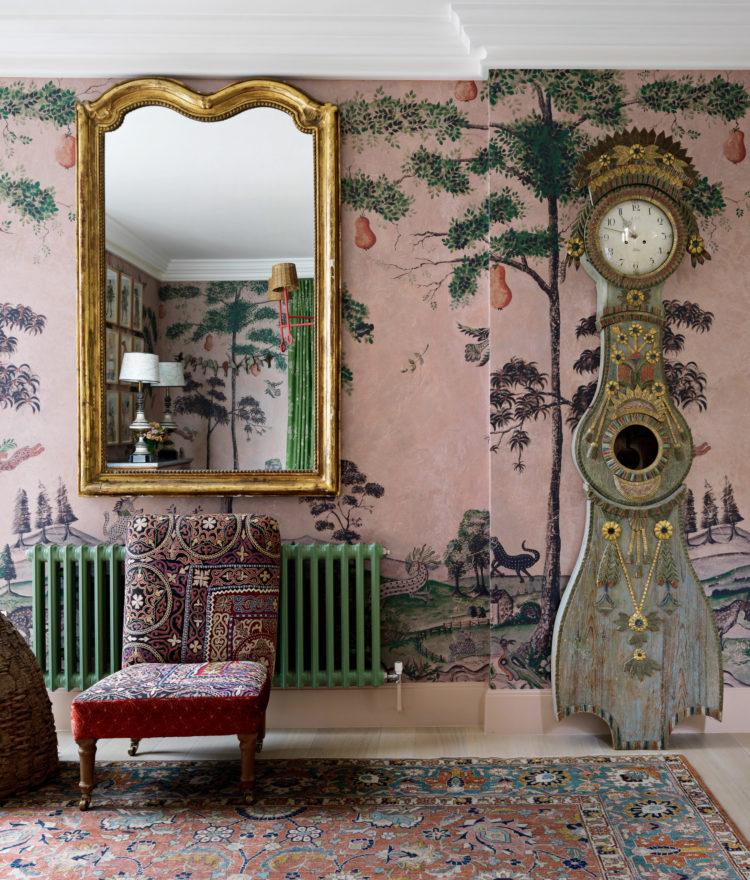
Now books, of which, this week there are three.
KIT KEMP: DESIGN SECRETS ADDING CHARACTER AND STYLE TO AN INTERIOR TO MAKE IT YOUR OWN
The dedication is: To all who have suffered in 2020 and especially to those who work in hospitality


Many of you will be familiar with Kit’s Firmdale Hotels, if not from real life from pictures. Her signature style very colourful, with lots of patterns mixed together and an emphasis on craftsmanship. This book is somewhere between a flicker and a reader. It starts as a portfolio of her rooms and it’s a sort of shopping list which might useful but mostly just a feast for the eyes. The middle section is called Meet the Maker and introduces some small businesses celebrating craft and artisanship.

Finally, Kit breaks down her design process and this, for me was the most fascinating part of the book. Here you will find chapters on the Do’s and Don’ts for curtains, paint, hanging art and, brilliantly, using what she called found fabric. You know when you fall in love with a scrap and there’s not enough for a chair or a curtain and so it ends up being treasured, but useless, in a drawer. Kit suggests always find a way to use it even if it’s on a single stool but then, she said, put a perspex tray on top so you can still see it but it’s protected. There is an entire page on dado rails which might seem niche (this is her fourth book if you want a broader picture you might want to go back a volume or two) but which turns out to be incredibly useful – particularly if you haven’t got any. This is about what height, where to put them, how to style them and, of course, for Kit, how useful they are as they provide a way for you to add extra pattern and colour. It’s a fantastic set of instructions.
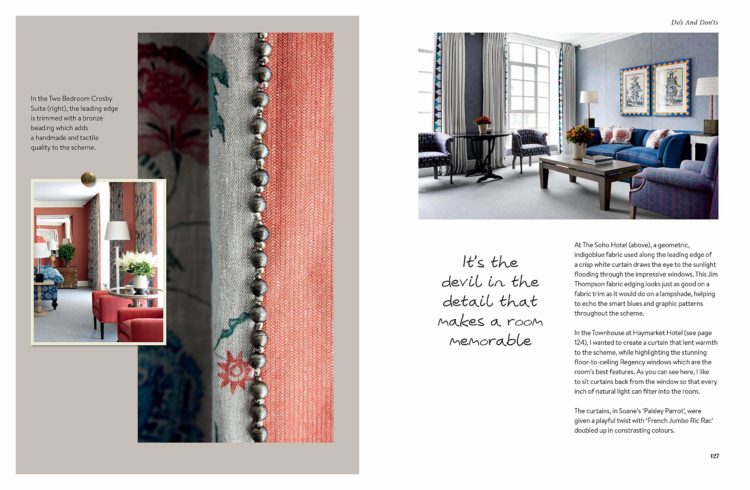
This flamboyant style of decor looks wonderful when it’s done well but it’s easy to do wrong and then it’s just a mess. This book should make you confident enough to try it for yourself.
OLIVER HEATH DESIGN: A HEALTHY HOME 100 WAYS TO TRANSFORM YOUR SPACE FOR PHYSICAL AND MENTAL WELL-BEING

This is very definitely a reader not a flicker. Oliver trained as an architect, then worked as an interior designer but now focuses on the study of biophilia and well-being within architectural interior design. He began looking at this in office and commercial spaces but is deeply passionate about bringing its lessons into our homes. The book is packed with research and detail and looks at use of colour and pattern, materials and light as well as sleep and well-being.
To give you a flavour he tells you to tune into your fractal fluency but don’t be put off! This is about recognising patterns in nature and how we might incorporate them into our own homes. We are hard-wired to look at these shapes and forms and our ancestors would have looked at cracks on the river bed, patterns on leaves to understand weather patterns and what was going on around them. Looking at these naturally occurring patterns can reduce your stress by 60 per cent so it’s a obvious step to bring them into your home and Oliver tells you how. But, he says, be subtle; it’s not about decorating your kitchen to literally look like it’s covered in snowflakes. Instead think of using ripple water patterns in the bathroom – or something loosely resembling that – and leaf or forest type shapes in the sitting room to relax you – a shady forest in calming. Or cave patterns in the bedroom. It’s about relating shapes to patterns that you want to bring indoors.
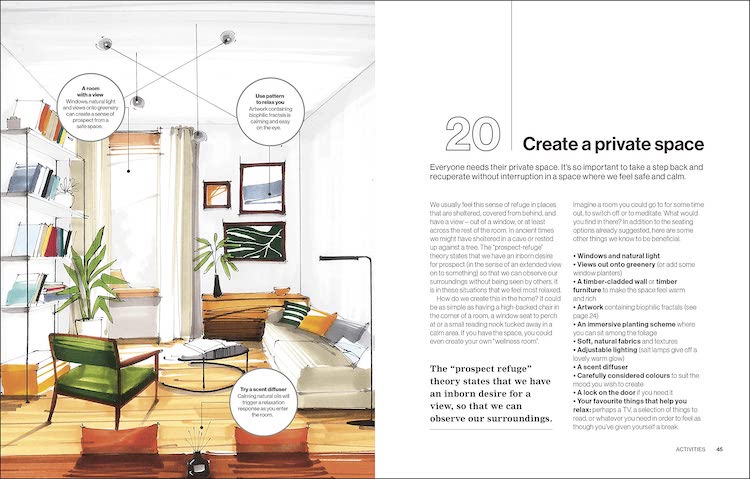
Our psychology is still very much adapted to seeking a connection with nature. We might live in geometric urban spaces but we still benefit from interacting with nature and we are very much part of it. He talks about natural light and touching surfaces and even though our lives might now look very different the connection to nature is where we will find our happy places. It sounds obvious but we need to relearn it and this book will teach you how.
It’s also not about feeling you have to redecorate your whole house to make it work. There are plenty of instant takeaways: create a private space where you can take a step back bring in wooden furniture, give yourself a seat near a window or hang artwork with a picture of outside, add some plants, soft natural fabrics and textures and a scent diffuser. If you need a lock on the door then fix one, he says and don’t forget the adjustable lighting.
It’s a fascinating book which makes such sense that you’ll wonder why you aren’t already doing it. But take the time to read it slowly, there’s a lot of information to absorb.
PHAIDON: BY DESIGN THE WORLD’S BEST CONTEMPORARY DESIGNERS
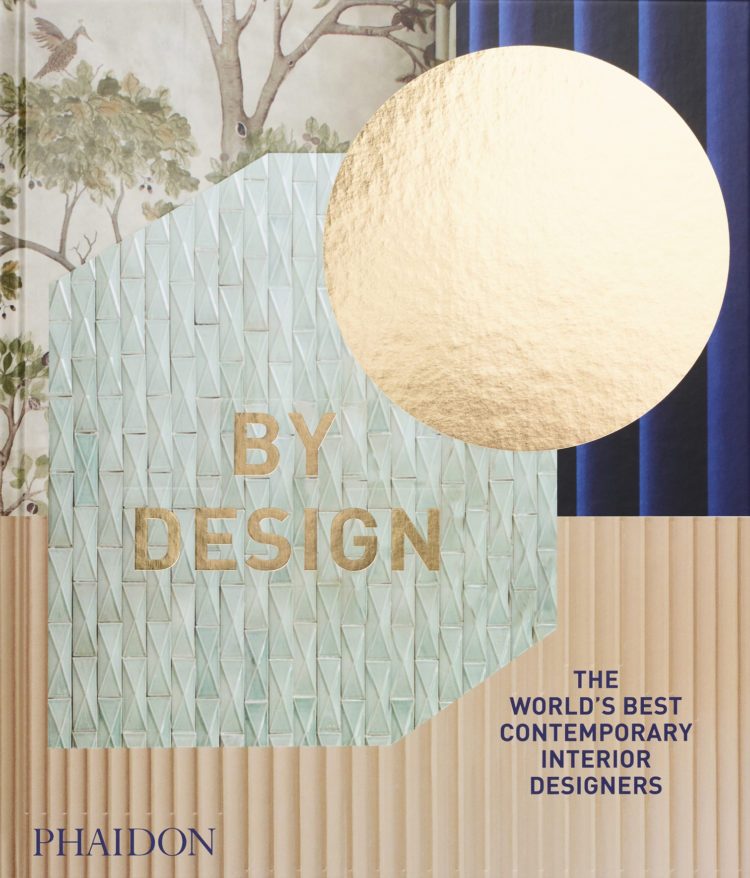
Regular readers will know that for reasons that will be come clear I have already written about this here. And that is because I am declaring an interest as a nominator to help create this list of the world’s best contemporary designers. Other nominators included, Rosa Park, founder of Cereal Magazine, Matt Gibberd, co-founder of The Modern House and Ingio, Joa Studholme, creative director of Farrow & Ball and Michelle Ogundehin, formerly editor of Elle Decoration UK, currently presenter of Interior Design Masters. The nominated designers include, Kelly Wearstler, Ben Pentreath, Kit Kemp and Rita Konig, Brigette Romanek.
What guided many of us as nominators was the experience of the space rather than looks alone. The work is now judged by how it affects the person in the space rather than it being about what was suitable, which is now felt to be a rather old fashioned approach. This is about the people in their rooms and not for the critics, who might judge it but will never live in it. Contemporary designers are storytellers using their craft with an eye to dreams, aspirations and sustainability.
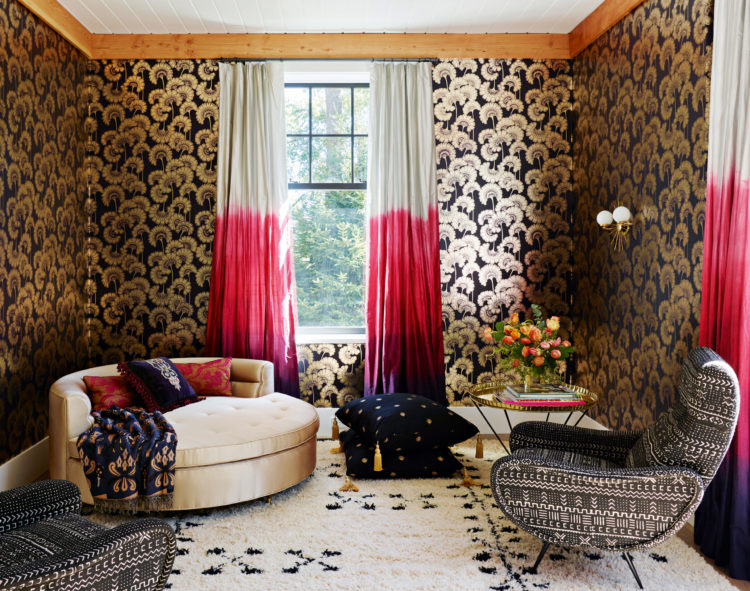
It’s a Phaidon book so of course, there is amazing photography and there are lots of styles to discover from traditional to modern. The book also tells you about how the studio grew and the designer’s route into design which can be interesting as a bystander and useful if you aspire to enter the same sphere.
Lastly, I was thrilled to be invited onto BBC Radio 4’s Woman’s Hour to discuss the trend for rattan furniture with a third generation caner, Rachael South. You can listen here – Rachael and I are on at about minute 47 till the end. For the podcast I also spoke to Nat of Folie Chambre, who is a font of all ratthan knowledge and, you should know if you want to buy any, that it sells so fast on instagram that she never has time to upload it to a website.
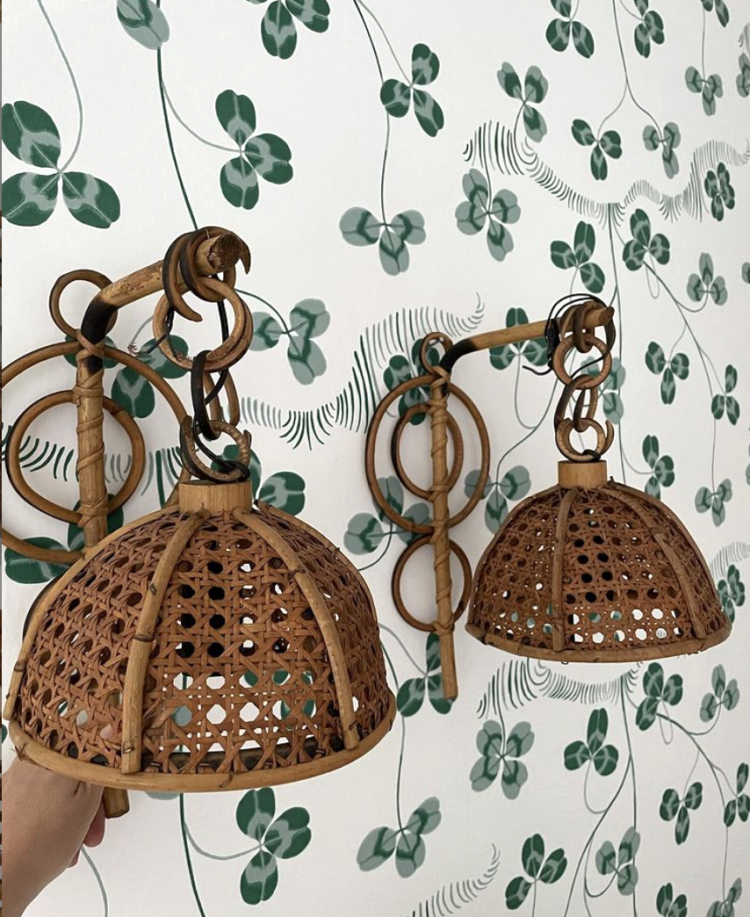
With huge thanks to Geberit for sponsoring the show and to Sarah Cuddon of Feast Collective for producing.





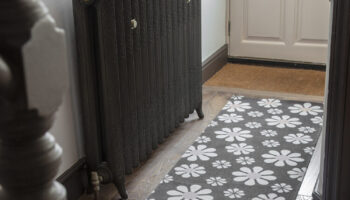
I love the sound of this new book by Kit Kemp, the idea of using items you already have in your home and bringing them in to the lime light is something I love to do. I am just starting a new business in the design industry and think it will be a great, inspirational addition to my bookshelf. There are so many interior design books out there so it’s fantastic to have one recommended by such a luminary as you Kate.
(I bought it on Wordery online bookshop though as I’m trying to keep my Amazon purchases to a minimum and support smaller businesses)